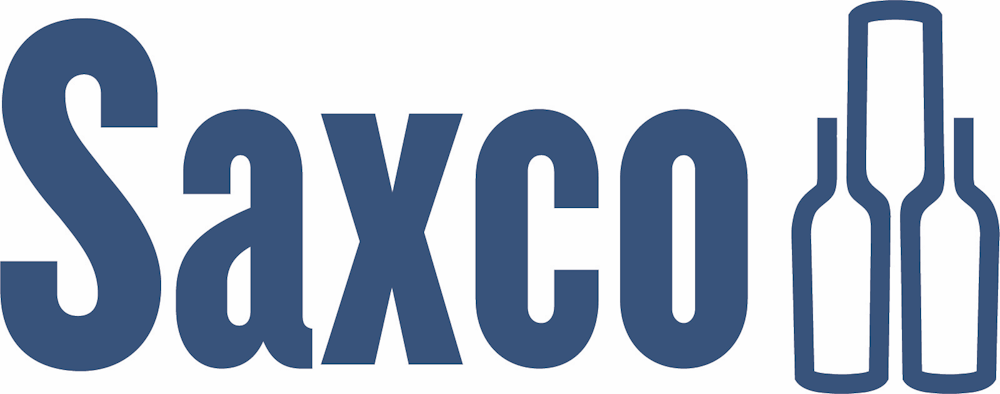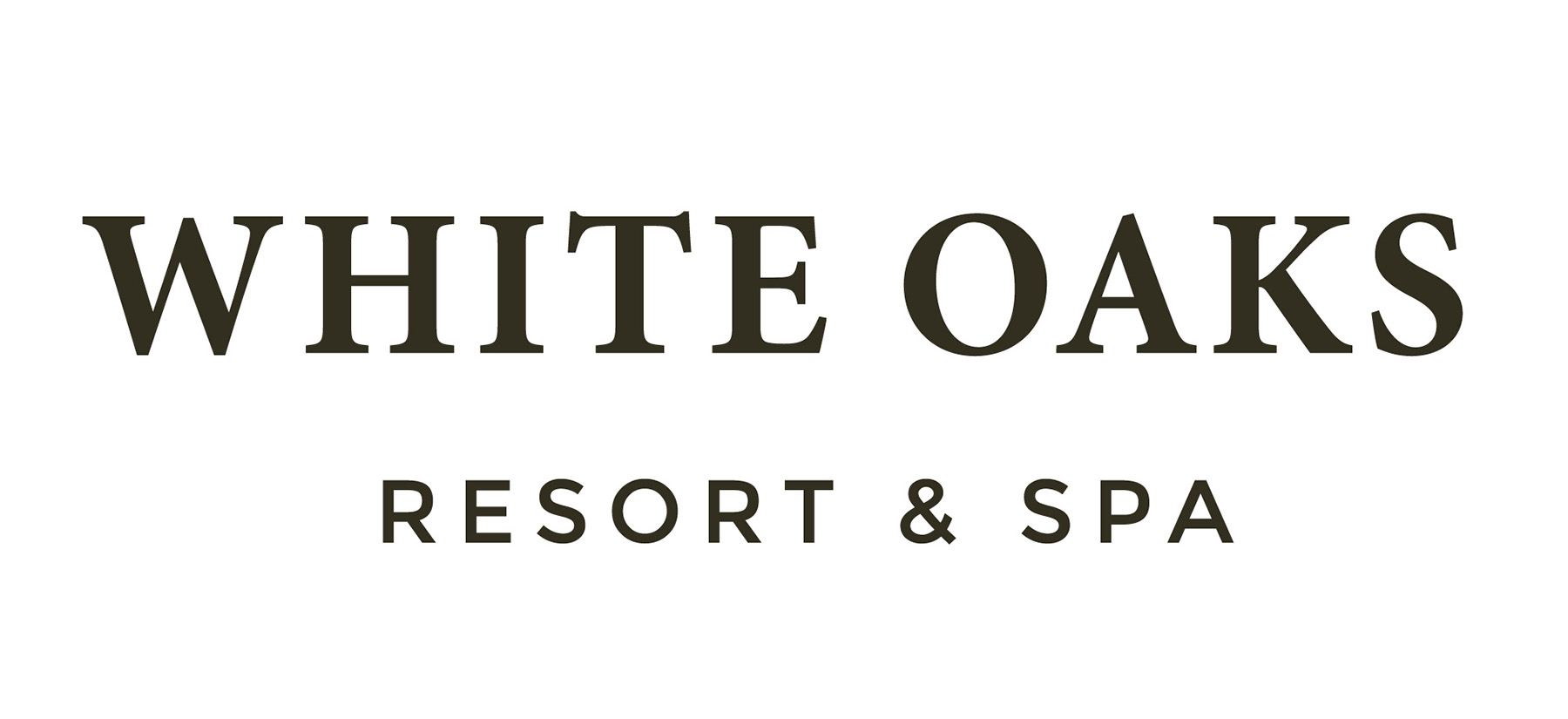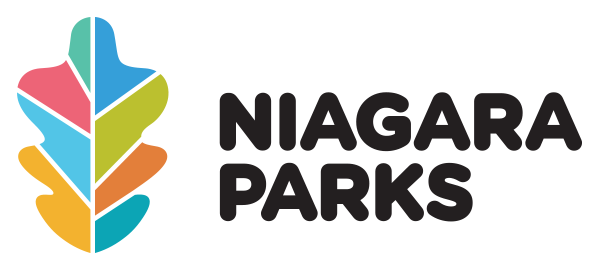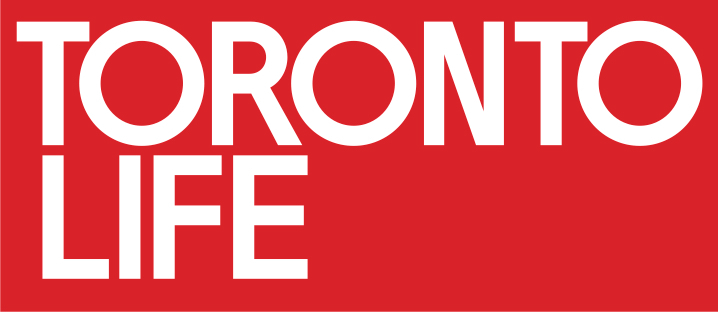Domaine Laroche
Blue Mountain Vineyard and Cellars
Boschendal Wine Estate
Blomidon Estate Winery
Oyster Bay
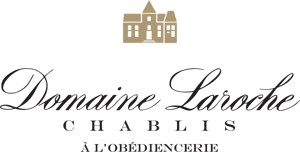
Domaine Laroche
Chablis, France

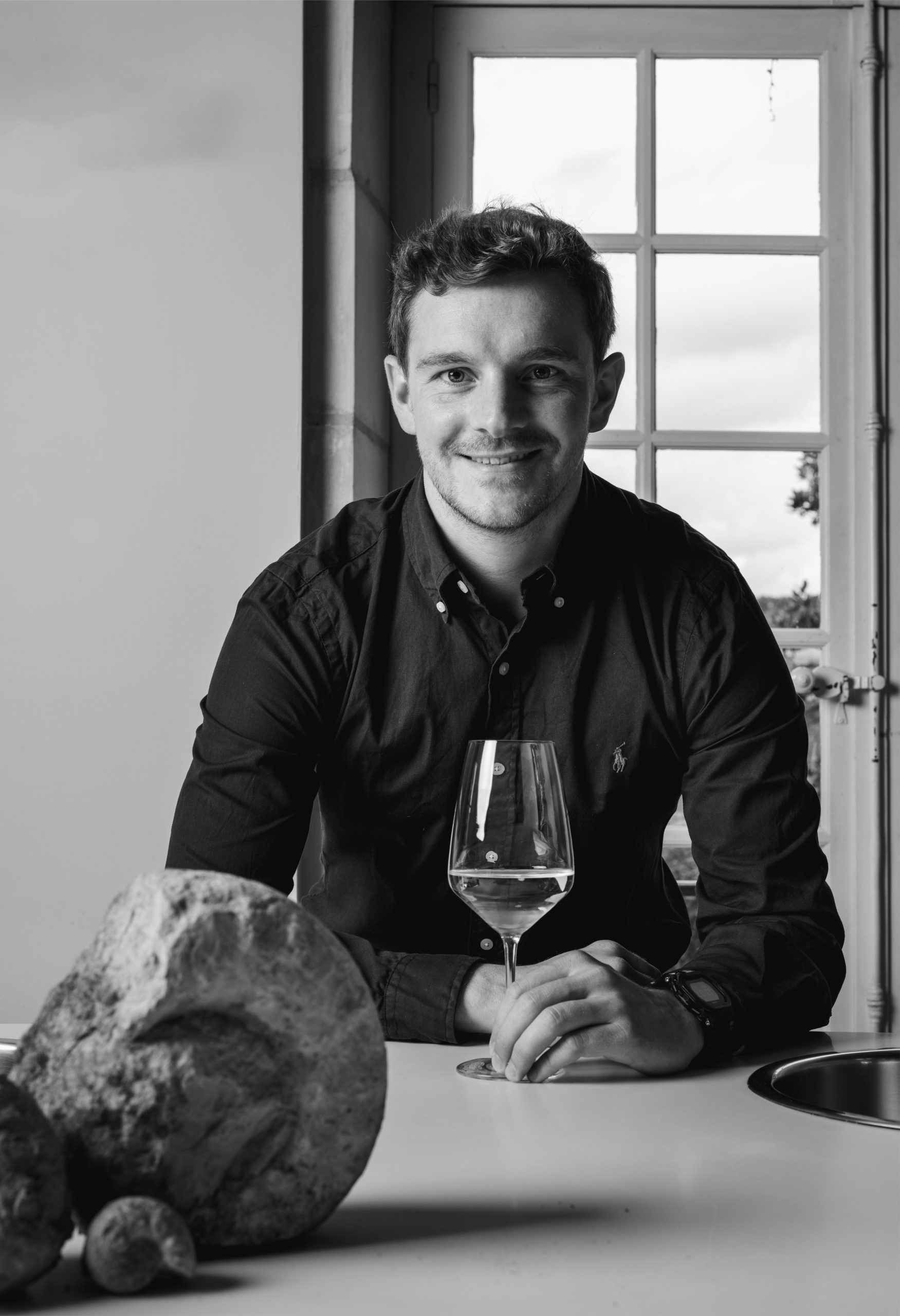
About Domaine Laroche
Domaine Laroche in a few words.
• Owner of 90 hectares, in the best « crus » of Chablis with 12 Premiers Crus and 4 Grands Crus, Chablis Saint Martin is the flagship in more than 90 countries.
• More than 1000 years of History. In l’Obédiencerie, birth place of Chablis in the Middle Age.
• Cellars from the IXth century
• Their XIIIth century press is one of the most remarkable masterpiecs in the burgundian wine-producing region
• The Saint Martin relics were hidden for a decade at the end of the IXth century.
• The historical cellars are kept alive by ageing all our premier and grand crus there.
• The favourite ageing containers are the 228l « piece » and the « demi-muids ».
• Domaine Laroche follows the agro ecological principles: no pesticide & no herbicide
• The vineyard has got the high environmental value certification level 3A
• All estate wines are vegan certified
Domaine Laroche is on the TOP 100 of Wine & Spirits Magazine - among the 15 French estates, among the 5 Burgundy estates, only estate in Chablis
Representative Biography
Romain Chevrolat, Winemaker
Romain Chevrolat comes from a family of Champagne winemakers, originally from Les Riceys, a commune renowned for its famous Rosé-des-Riceys wine, located nearly 50km from Chablis.
Growing up in the southern Champagne region soon sparked his interest in the world of wine and led him to begin his university career in Reims.
He graduated as an oenologist from Dijon University in 2015 and trained at Maison Louis Latour and Domaine de la Romanée-Conti.
From Champagne to Burgundy, Romain then moved down to the Rhône Valley to work at Domaine E. Guigal as an oenologist in 2018.
After some great successes over the last 5 vintages, he wanted to get back to the Kimmeridgian subsoil that is typical of Chablis and similar to his roots in Les Riceys.
He has joined Domaine Laroche since the beginning of July 2023 to continue revealing the exceptional terroirs and finesse of the wines.
Why We're Cool
Chablis is located in northern France in a cool continental climate region, Burgundy. Winter can be harsh. Summer is often warm but short. The blessing of the place is probably that a dry, sunny period appears in September, when grapes ripen. Cool climate is a question of terroir in Chablis. Chablis is born cool. The climate definitely influences the style of the wines: steely, pure, crisp and remarkably mineral.
Domaine Laroche vineyards are situated in the North of Burgundy, in the Yonne department, between Paris and Beaune, close to Champagne
Appellations & Planted areas (ha) – total 5589ha
Petit Chablis : Planted area (ha) 1082/19%
Chablis (yield 60 hl/ha) Planted area (ha) 3626/66%
Chablis Premier Cru (17 climats, yield 58 hl/ha) Planted area (ha) 780/14%
Chablis Grand Cru (7 climats, yield 54 hl/ha) Planted area (ha) 101/1%
Chablis Vineyards
• 100% CHARDONNAY
• 5589 Hectares
• 284 147 hl Annual Production
• 379 Producers
• 33% of Burgundy white wines
• 18% of the total Burgundy wine production
The typical Chablis limestone soils of Kimmeridgien with the presence of fossils and exogira virgula. Continental climate with cold winter, spring frost, warm summer and mild autumn.
MASSALE SELECTION
Domaine Laroche is one of the few producers in Burgundy to preserve its own vineyard ID
Reproducing new plants from our old vines from more than 50 years:
• To keep the vineyard genetic inheritance
• To keep and improve our wines characteristics (aromas,..)
• To respond to the sanitary issues and wood diseases thanks to genetic diversity
• To ensure the durability of our vineyard by cloning our old vines and adapt to new climate conditions
• The program started in 2011 observing the vineyards from 1950 in Chablis Grand Cru Les Blanchots. This Massale Selection was planted in 2018 in Chablis Grand Cru LES CLOS
Biodynamics methods on the Grands Crus
Why: Use the soil and the environment of the vine as a source of energy for the plant to strengthen its immunity and
its adaptation to climate change
How: Creation of a Biodynamic workshop at the Estate / Training of the team
Preparation in our historical cellars : 500P(cow dung) then dynamization with plants (yarrow, chamomile
feverfew, oak bark, dandelion, valerian)
Spraying on moist and heated ground
When: 2 to 3 times a year: after harvest, at bud burst, between flower and veraison.
Natural Seeding Cover
• After the harvest, the technical team sows a mix of seeds : Oat, Peas, Chinees radish, Turnip, Lentils
Benefits for vineyard:
✓ To stimulate the ground biodiversity
✓ To bring naturally nutritional elements to the vine in the springtime when dismantling the soil (nitrogen)
✓ To reduce erosion as 35% of our vineyard are planted on the steep hills
✓ To give a better structure to solid soils because of the use of heavy machines (natural aeration of the ground)
The Evolution of Pruning
Why: The winters being less cold, the vine has a shorter rest period and an early budburst.
The late frosts in Chablis prompted us to adapt the size of the vineyard.
How: Pre-pruning in double guyot from December to February to prepare the fruiting baguette Peeling
(known as “Plumage” in Beaune) to delay budding in March
Biodiversity is our priority
• Domaine Laroche is the only Estate in the region (Yonne department) to have signed a partnership with the league for birds protection. 10 bird nests have been installed in Vaudevey.
• We therefore take part in the reintroduction of the Athéna owl in our vineyards which has the capacity to eradicate up to 400 worms to replace the use of insecticides.
• Bat houses have been installed in Languedoc
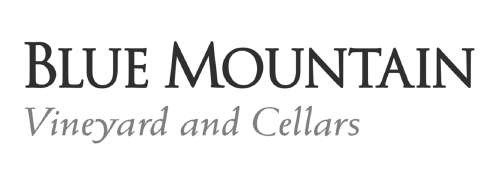
Blue Mountain Vineyard and Cellars
Okanagan, BC, Canada

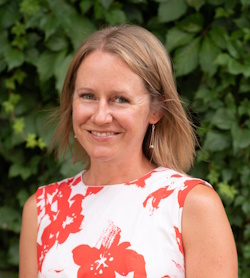
About Blue Mountain Vineyard and Cellars
Located in BC’s South Okanagan, Blue Mountain Vineyard and Cellars is distinctive among Canadian wineries in that all its wines are produced exclusively from grapes grown on the estate’s vineyards.
To the Mavety family, “estate” means more than a piece of land; it extends to the practices of both viticulture and wine making by the same owner-operators. Currently owners Ian, Jane, Matt, and Christie Mavety continue to work to realize the potential of the region, utilizing sustainable farming methods and winemaking practices.
Blue Mountain produces complex, age-worthy varietal wines that are consistent in style while allowing the expression of both the terroir and individual growing season. In the burgeoning wine industry of the Okanagan Valley, Blue Mountain can make the rare claim of over 45 years of continuous grape production by one family.
At Blue Mountain, it also means the use of 100% estate-grown grapes. Following the estate concept to its fullest extent sets Blue Mountain apart from most North American wineries. The Mavety’s acquired the land in 1971, overlooking Vaseux Lake. The prized geography of undulating hills and mountain protection was swiftly recognized to offer varying micro-climates. Focusing on varietal wines made from Pinot Blanc, Pinot Gris, Sauvignon Blanc, Chardonnay, Gamay Noir, and Pinot Noir, Blue Mountain strives to produce complex, age-worthy wines, consistent in style while allowing the expression of both the terroir and the individual growing season. Blue Mountain specializes in sparkling wine made in the Methode Traditionnelle style with a minimum of 24 months on tirage.
Representative Biography
Christie Mavety, Owner and Director of Sales and Marketing
A second-generation member of the Mavety family that owns and operates Blue Mountain Vineyard and Cellars, Christie grew up on the winery property but left after high school to study and to gain work experience. She earned a B.A. and a Bachelor of Applied Design as well as completing the International Sommelier Guild diploma program. In her current position, Christie is responsible for both domestic and international sales and marketing. She manages the Blue Mountain tasting room in addition to representing the winery at events, providing agency support and management, and overseeing the development of the wine packaging. She enjoys sharing her passion for wine with others, and never tires of communicating with people about the unique qualities of the Blue Mountain estate and wines.
Why We're Cool
32 ha of vineyard, all estate fruit (all about control in the vineyards to maximize the potential quality of a vintage). 8 ha of Chardonnay planted with 6 clones in numerous topographic locations. We work with both conventional plant spacing (4000 plants per ha) and high density plant spacing (8000 plants per ha). The key to our work is isolating the different blocks of Chardonnay, working with indigenous yeast, and taking advantage of both stainless steel and barrel fermentation lots. We have been pushing for more wood ferment and experimenting in with a variety of vessel sizes.
We use chardonnay for both still wines and sparkling wine. Sparkling wines with both a traditional Pinot noir and Chardonnay blend but also a longer aged Blanc de Blancs (6-7 years en tirage).
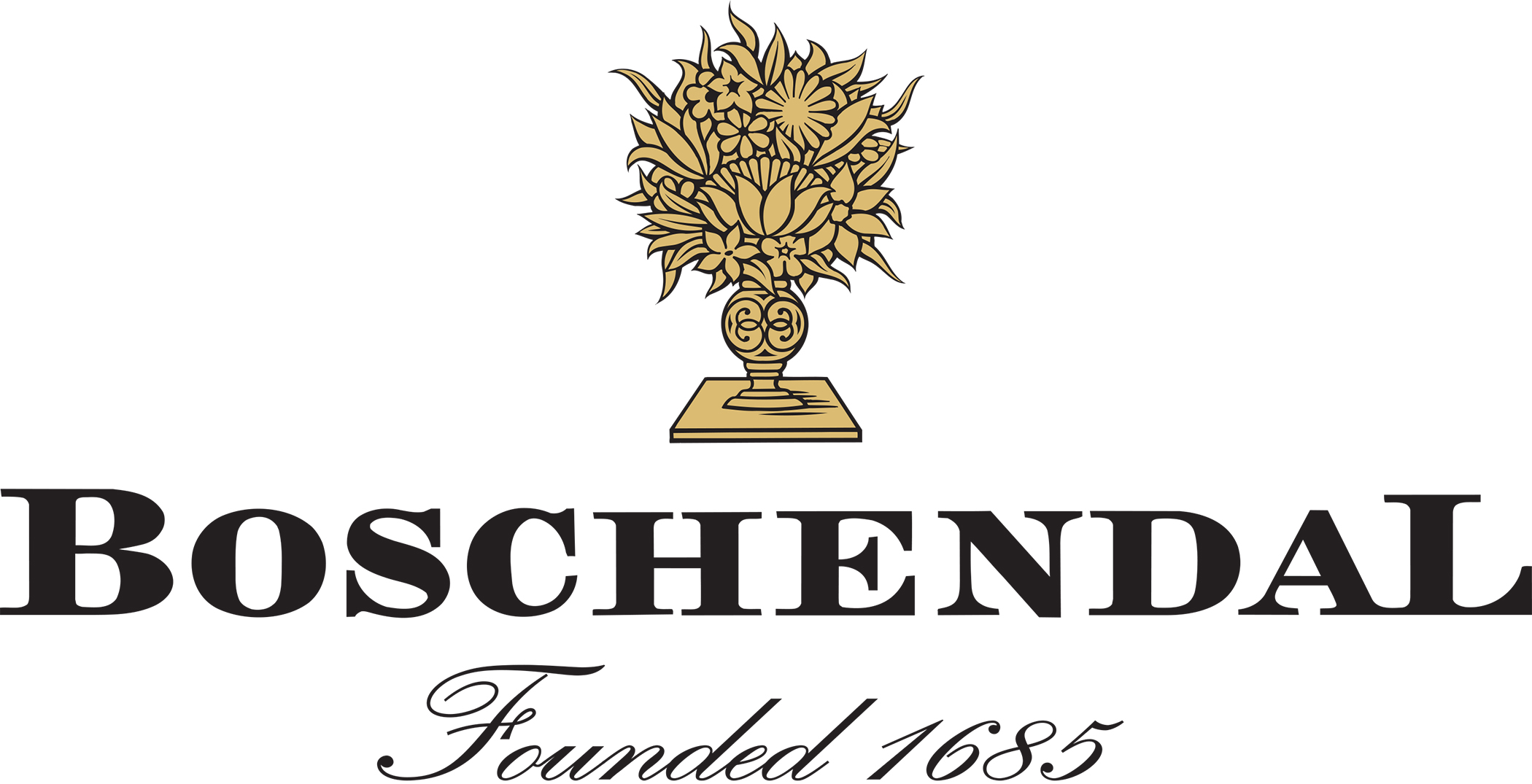
Boschendal Wine Estate
Elgin, Overberg, South Africa

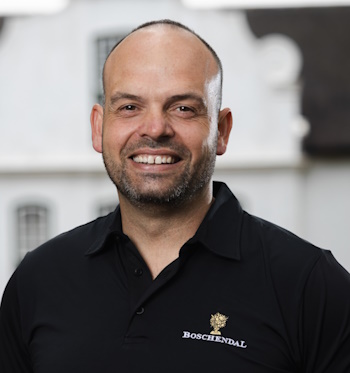
About Boschendal Wine Estate
Boschendal lies between the Simonsberg and Drakenstein mountains an hour’s drive from Cape Town. The name Bos-en-dal, or wood and valley, reveals its essence: a breathtakingly beautiful valley basin of 1800 hectares. Location, the sheer scale, natural splendour and history make exploring Boschendal compelling. It beguiles and inspires wonder with its unique spirit of place.
One of the most established and iconic wine estates in South Africa, Boschendal constantly strives to balance tradition and innovation in wine making, appealing to a new generation of wine lovers whilst continuing to create wines with signature finesse and elegance – where one can taste the terroir in each glass.
With cottages scattered across the vast expanse and changing landscapes of the property, guests have a chance to immerse themselves into the many layers of South Africa’s second oldest wine farm. Dating back to 1685, Boschendal is a place where generations of families have worked. It is these combinations of stories and histories, mythical landscapes and mysterious mountains that compel repeat visits. Great places need time for understanding and the unravelling of their complexities.
Located near the Franschhoek Valley deep inside the Cape’s Floral Kingdom, it is a place where over 600 species of fynbos and 1000 hectares of protected nature reserve intertwine with our fruit orchards. It is a spectacular, bio-diverse environment. It is a place where grass-fed Angus cattle, forest-fed pigs and free range chickens work alongside our farmers to replenish and revitalise the soils. It is a place where our ducks help gardeners grow exquisite bio-dynamic produce for our two restaurants – we very much like the idea of farming and cooking with nature, and not against it. It is a place where guests can swim in our dams and feel comfortable picking fruit from our orchards – we like sharing our extraordinary produce. The only choice to make is whether to explore this magical place by foot, by pedal or by horse.
We recognize the uniqueness of this place as there are few places like it and feel strongly that this exceptionalism should define every guest experience. Experiences that replenish, re-energise and reveal the magic of farm living.
There is something special happening at Boschendal. We hope to see you on the farm soon!
Representative Biography
Jacques Viljoen, Cellar Master
Raised in the Cape's Winelands, his most memorable experience with wine was at the impressionable age of five during a pre-school outing to a wine cellar. After the winemaker handed out small cups of must (freshly crushed grape juice) to all the pupils, Jacques was enamoured: "It was a taste revelation. I recall the juice being so sweet and concentrated, and a very specific smell of fermentation esters floating in the air. It certainly triggered something in me," he reflects.
From there, the decision to become a winemaker came naturally. At 18, Jacques went on to study winemaking at Stellenbosch University. Following a formative period in France where Jacques learnt his style that merges classic and modern techniques. On his return to South Africa he spent a further 16 years refining his winemaking skills before joining Boschendal.
Based on his inherent love and respect of nature, Jacques endeavours to stay true to it. He is an expert in honouring terroir and the natural fruit to produce award-winning vintages. "Winemaking is like preparing a meal for someone. You know the effort that went into making it and it is rewarding to see your guests enjoy it," explains Jacques.
Jacques is particularly strategic in his response to tackling challenges of any sort, with an 'If you fail to plan, you plan to fail' perspective. Ultimately, winemaking is a team sport, and for Jacques, it is about ensuring he is able to support every person and encourage their strengths in order to reap the best results - vintage after vintage.
Why We're Cool
The grapes for the Boschendal Appellation Elgin Chardonnay and Pinot Noir are from the cool Elgin region of South Africa. Elgin is one of the coolest wine growing regions in our country and only 40 minutes from Cape Town and 15 kilometres from the Indian Ocean.
80% of the land in Elgin is used for apple and pear production, but what makes the region suitable for apples and pears, makes it even better for wine. The cooling afternoon sea breezes have a major cooling effect in this region. The valley is elevated (200 -500 metres altitude), but also surrounded by mountains, so at night all the cool air moves down to the elevated valley. In summer when the south east is blowing, the clouds builds up against the mountains which results in more cloud cover and thus reducing canopy temperature.
In South Africa where we have warm and sunny weather, this is good for quality. It is this proximity to the ocean with the daily cooling sea breezes, the slightly higher altitude and a bit of extra cloud cover that make Elgin such and great area to produce premium Chardonnay and Pinot noir. This cooler grower conditions results in slower ripening and effectively a longer hanging time on the vine.
Most of our vineyards in Elgin is planted on weathered shale soils. These soils have a very good water holding capacity due to the higher clay contents and only needs supplementary irrigation in the very dry summers. The average rainfall in Elgin is around 900 mm, and most is in the winter months, but we do also get summer rain.
The Boschendal Appellation Elgin Chardonnay 2018 is from our own Highfield farm in Elgin. Our Chardonnay vineyard is trellised and was planted in 2004. There are two clones in this vineyard CY 76 and CY277 with both origins in France. The Chardonnay vineyard is planted on a cool southern slope and exposed to the regular south- eastern and southerly winds that bring cool air every afternoon.
We do partial barrel fermentation in French Oak barrels. 15% in new 300 litre barrels, 20 % in 2500 litre Foudre’s, 35% in second fill 300 litre barrels, and 30% in 3rd fill 300 litre barrels. 30% of the wine went through malolactic fermentation. We get very good minerality form this vineyard, as well as great structure and length, with complex flavours. The most pronounced flavours apart from the minerality and slight flintiness is the citrus, lemon, grapefruit and some tropical notes.
The Boschendal Appellation Elgin Pinot Noir 2016 is from the highest planted vineyard site in Elgin. This vineyard is 500 metres above sea level. We have both clones PN777 and PN115 in this vineyard. The vineyard is on top of a hill and very exposed to cooling winds. Due to the altitude and cooler breezes the yield in this vineyard is very low (5 t/ha). The vineyard is fastidiously managed to achieve classic varietal character.
The Jean Le Long 2008 grapes are from two Chardonnay vineyards. The one vineyard is on the higher slopes of the Simonsberg, and the other vineyards from a cool site in Stellenbosch very close to the Indian Ocean and very exposed to cooling see breezes.
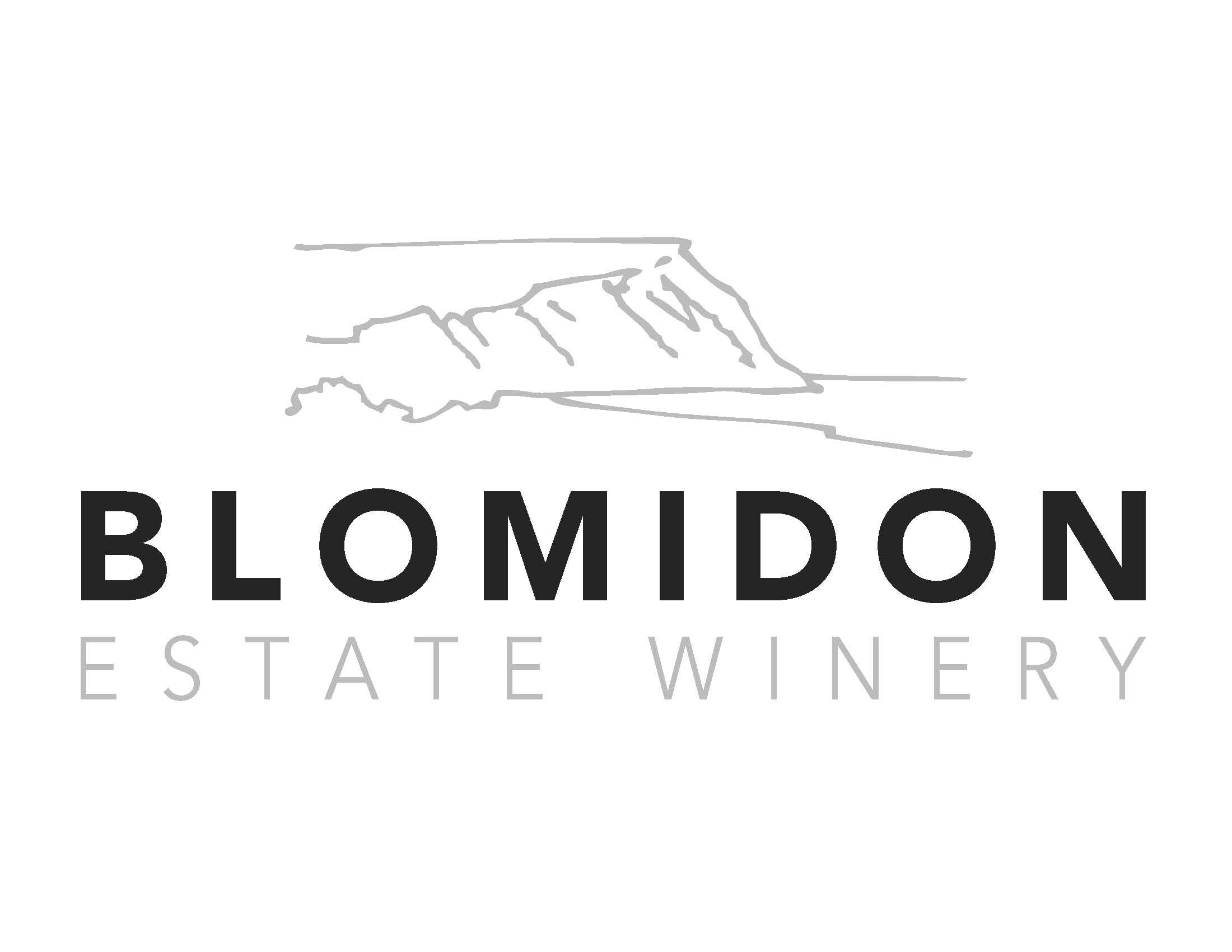
Blomidon Estate Winery
Nova Scotia, Canada

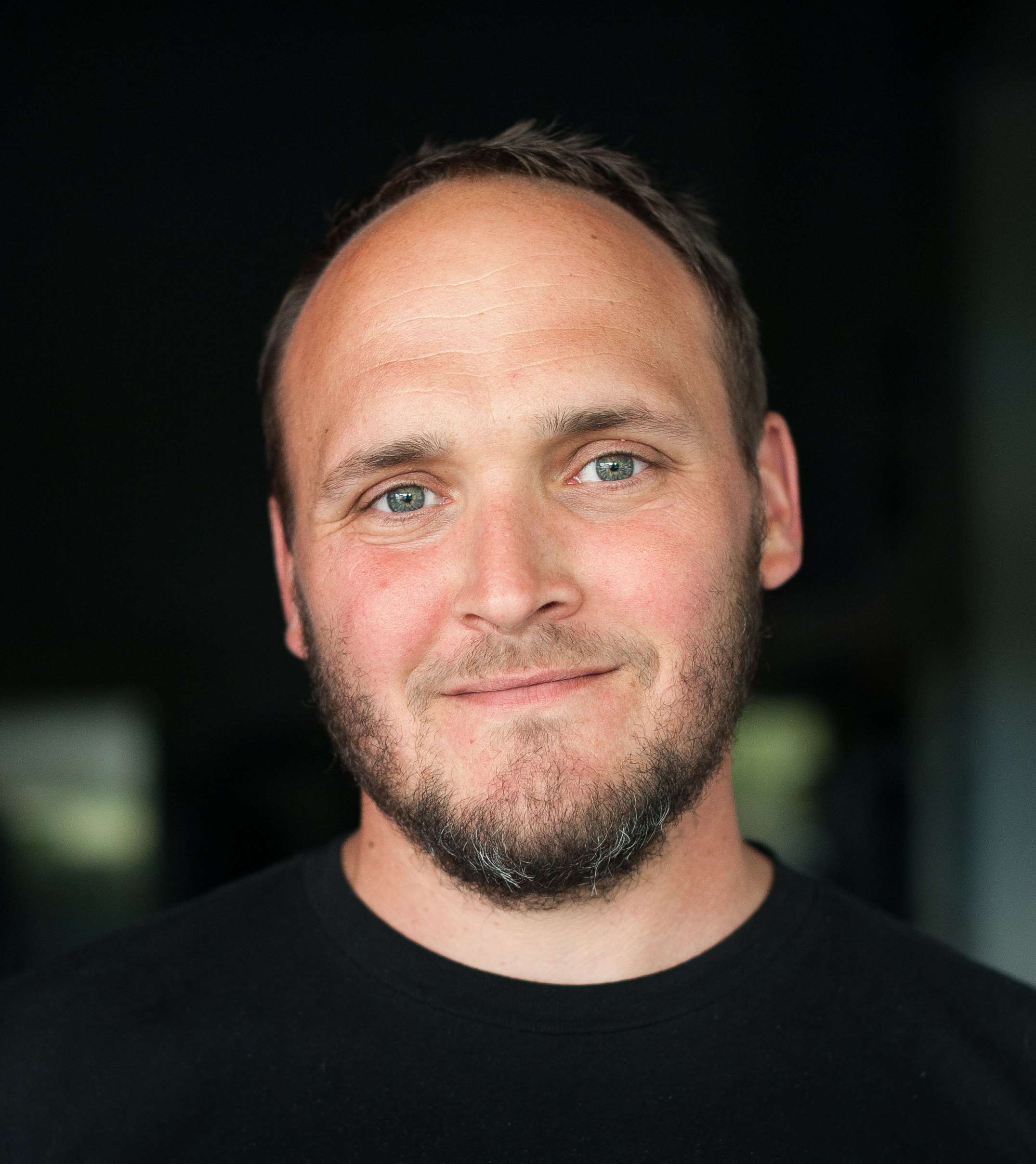
About Blomidon Estate Winery
Blomidon Estate Winery is a boutique winery nestled on the shore of the Minas Basin, near Canning, in the picturesque Annapolis Valley of Nova Scotia. Our beautiful seaside setting offers a unique location for viticulture, as well as a scenic stopping point for our many visitors.
We are committed to producing 100% Nova Scotia grown grapes and wines, and are proud to have won numerous national and international awards and acclaim for our efforts. We invite you to join us and to discover our Nova Scotia wines.
Representative Biography
Simon Rafuse, Winemaker/Operations Manager
Our winemaker, Simon Rafuse, travelled the world for his wine education and work experience but was excited at the opportunity to return to his native Nova Scotia.
He attended Mount Allison University and graduated with a Bachelor of Science before earning a Master of Science degree at the University of Kent (UK) and a Master of Viticulture and Oenology degree at Montpellier SupAgro (France). He also holds the Diplôme National d’Oenologue (France).
Since 2009 he has been the Winemaker at Blomidon Estate Winery, having worked previously in Languedoc-Rousillon and Alsace (France), and Central Otago (New Zealand), and his wines have won numerous national and international awards and accolades. Simon is also an instructor with the Atlantic Canada Chapter of the Canadian Association of Professional Sommeliers.
“What better ‘desert island’ wine can there possibly be than a crisp, complex, Blanc de Blancs sparkling wine? There isn’t. There simply isn’t. Chardonnay delivers every time.” Simon Rafuse
Why We're Cool
Blomidon Estate Winery farms two vineyards, just outside the town of Canning, Nova Scotia (45’N), our estate vineyard and our Woodside Road vineyard. The estate property sits at sea level on the shore of the Minas Basin and the Habitant River estuary, where the soils are predominantly sandy loam and the near constant breeze helps reduce frost and disease pressure. Woodside Road runs along the base of the North Mountain, a basalt ridge that forms the north boundary of the Annapolis Valley. The soils are there are a heavier red clay-loam with basalt stones. It’s warmer than the estate vineyard but can be more frost prone. The Woodside Road vineyard rises to an elevation of 60m above sea level.
At the Blomidon estate vineyard, we’re extremely fortunate to have the oldest block of Chardonnay in Nova Scotia as the backbone of our Chardonnay program. The 5 acre “Old Block”, as we call it, was planted in 1996 with a mix of clones. It sits on a gentle slope at the bottom of our vineyard, right on the shore of the Minas Basin. Our vineyards are significantly influenced by two bodies of water: The Bay of Fundy and the Atlantic Ocean. Both moderate our climate be delaying budbreak in the spring due to their cold waters and tidal movement, but also by preventing frost in the fall.
Typically, in Nova Scotia, Chardonnay will be picked in the second or third week of October for sparkling and as late as November for still wines. While we make sparkling wine every year, the still wines are only made in better vintages when the conditions allow for the longer hangtime. With such a cool growing season, the wines are lightly structured and elegant. We use a mix of stainless steel and older oak for both still and sparkling, and generally allow for up to a year of lees ageing. All our Chardonnays are whole cluster pressed.
Our goal is to work with the best fruit possible through careful attention in the vineyard, and to make pure, lithe, and defined Chardonnays that are true to their Maritime terroir.
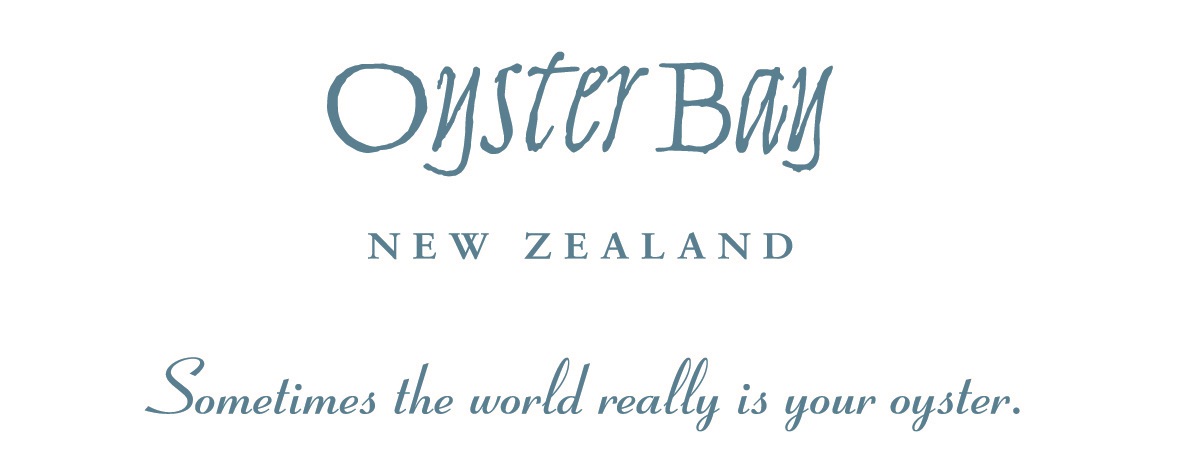
Oyster Bay
Marlborough, New Zealand

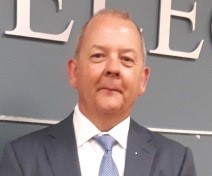
About Oyster Bay
In a relatively short space of time, New Zealand has risen to become one of the world’s great wine producing nations. From New York to Sydney to London and beyond we are enormously proud Oyster Bay is one of the most loved and sought after wines internationally. From the moment we released our first vintage in 1990, winning Gold and the coveted Marquis de Goulaine Trophy for ‘Best Sauvignon Blanc in the world’, we knew. Blessed with the natural advantages of New Zealand’s maritime cool climate and ancient alluvial soils, Oyster Bay continues to capture the essence of New Zealand’s cool climate viticulture with our world-class range of elegant and assertive wines with glorious fruit flavours.
Our vines flourish in some of New Zealand’s leading vineyards, in its most renowned wine regions, Marlborough and Hawke’s Bay. And our state-of-the-art, winemaking facilities, have been carefully designed to preserve the intense varietal flavours which come from these unique sites.
Oyster Bay is a passion. It’s a vision. And ultimately, it’s a promise- to bring the very best of New Zealand wine to the world. We don’t make reserves, anything more, nothing less. We don’t reserve anything. We are the same family that’s been here from the very beginning only grown a little and learnt a lot.
Take the time to experience Oyster Bay and discover a whole new world of flavour.
Representative Biography
Daryl Prefontaine, Executive Vice President Global Sales Canada
The Oyster Bay story in Canada started back with its introduction in 1991. Starting in BC then into Alberta shortly after, the brand slowly expanded its products and distribution across Canada. Daryl was originally part of the sales team that helped drive this in Alberta and was a key part of the success in British Columbia when he took over as Provincial Sales Manager. With his transfer to Ontario, again he was closely involved with the development of the brand and its success in Canada’s largest wine market.
It was natural for a key individual like Daryl to go from being a distributor of the brand to a Leading part of the Delegat’s Global team. In 2009, Delegat continued its expansion in Canada by hiring a dedicated sales team and becoming the first New Zealand winery to do so. Now with a Team of 24, this represents a milestone for the industry and is a key part of the future growth plans for Oyster Bay.
Delegat started as a small family business 75 years ago from its original 10 acre vineyard in West Auckland and has grown to embrace three brands, 20 premier vineyards and four state of the art wineries in three of the world’s greatest wine regions – Marlborough, Hawkes Bay and Australia’s Barossa Valley. The company has continued to grow 22 fold in the past two decades, building one of the world’s truly great wine companies that today is New Zealand’s leading premium wine exporter with over 3,500 ha of vineyards.
Oyster Bay won the coveted Marquis de Goulaine Trophy for “Best Sauvignon Blanc in the World” for its very first vintage in 1990 and has grown exponentially to become the No.3 premium wine brand in the world.
Why We're Cool
Our winemaking philosophy is to capture the special character of New Zealand’s cool climate viticulture – to consistently produce distinctly regional wines that are elegant and assertive with glorious fruit flavours.
The flavours we love so much are there from the moment we pick the grapes. They come from the unique cool climate and ancient soils where our vines grow and we work hard, using a science and a love of the land to create remarkable flavours in every bunch.
The flavours take a whole season to create but can disappear in a moment. Our winemaker’s role is to capture this flavour in every glass. What sounds a little aggressive and simple, is in reality, gentle and complex. Each vineyard parcel, as we call them, are made individually to capture their own character. Our winemakers skilfully blend these to make a wine with complexity and of course, real personality. Our uncompromising attention to detail captures and retains fresh, incisive, cool climate fruit flavours and enables us to express the individual character and complexity of each region in our wine.
New Zealand produces world-class Chardonnay and Marlborough is at the heart of it all as the country’s premier grape-growing region. Marlborough’s warm days and cool nights create an extended growing season allowing the grapes to develop strong, intense varietal characteristics whilst maintaining a balanced, crisp natural acidity. The result is a sublime expression of fruit purity from Marlborough’s unique cool climate and soils.
Marlborough Growing Region
The Marlborough region located at the top of New Zealand’s South Island provides a dry, sunny, but temperate climate, which allows the grapes a long, slow period of ripening spanning from January to April.
The clear, cold nights keep acid levels high in the grapes, even when their sugars are rising. These day/night temperature variations are a crucial climatic influence that retains the grapes’ crisp, fresh, vibrant fruit characters.
Marlborough Soil Type
Prime central Wairau, Renwick and Brancott soils. Shallow, sandy loams over deep layers of free draining river gravels, providing low to moderate fertility and excellent drainage.
Clonal / Rootstock Selection
Chardonnay clones were selected to provide smaller berries and more flavour intensity – predominantly Dijon B95, UCD 15 and 548. Medium to low vigor rootstocks were matched for suitability to clone and soil.
Oak Selection
Predominantly tight grain French oak barrels are selected to provide integrated oak, which is less tannic, more aromatic, and provide layers of texture and complexity to the wine. These were seasoned for a minimum two year period and medium toasted to ensure softer tannins and heightened aromatic potential.
Winemaking Techniques
The fruit was destemmed and lightly pressed, with the free run juice clarified to
partial clarity, racked into stainless steel fermentation tanks, and inoculated with a pure yeast culture. 50% of the ferment was transferred to French oak barriques and allowed a slow temperature-controlled fermentation at 14–16˚C (57–60˚F) for several weeks. The barrique-fermented wine was lees stirred regularly and matured for 9 months to achieve maximum softness and retention of varietal flavours. The tank fermented portion was held on yeast lees, stirred, racked, and prepared for final blending. A small portion of malolactic fermentation was undertaken. The resulting wine was then blended and filtered prior to bottling.

